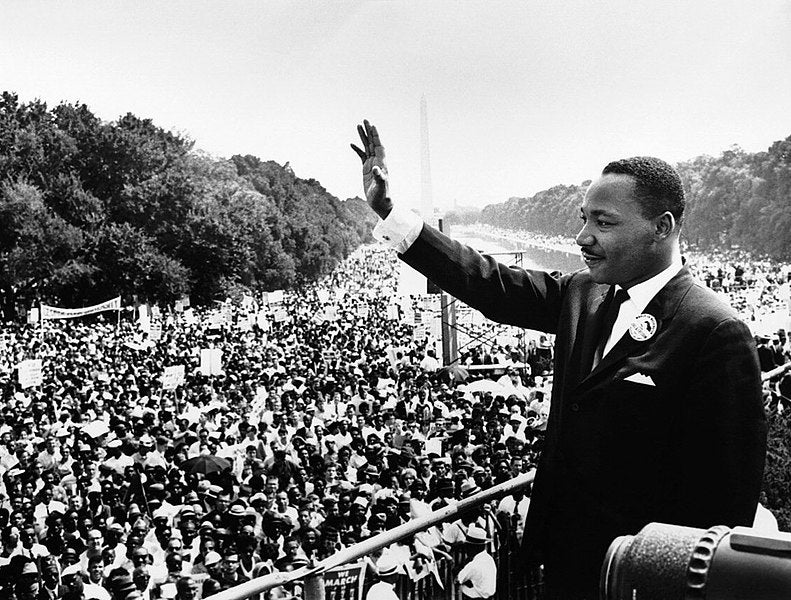
Reporting on the events in Ferguson, Missouri, tends to conflate two legal issues. First is the question of whether the shooting of teenager Michael Brown by a Ferguson police officer was justified under police procedure and law — what cops call a “righteous” (as opposed to “bad”) shoot. That is a call now being made by a grand jury, and it is governed by specific technical rules. Before it can be resolved, St. Louis County Prosecutor Bob McCulloch should consider whether it is prudent for him to self-recuse. While nothing in the rules of ethics for prosecutors would appear to require him to do it, McCulloch’s behavior and statements in recent days suggest it would be prudent for another prosecutor to present to the grand jury.
The second legal issue is one where there is room to ease community outrage: a lawsuit for federal civil rights violations brought by Brown’s family or the US Justice Department. If the evidence establishes the Ferguson Police Department’s regular “pattern or practice” rather than an isolated instance was racist, a US court could issue an order, or a consent decree could be agreed on, that would subject the police department to supervision by a special master. A variety of remedies could be ordered, which might include requiring Ferguson to hire more African American police officers, improve its anti-bias training and training on how to handle uncooperative arrestees, and improve its community policing measures.
As both legal issues proceed through the courts — and as President Barack Obama pointed out in his public remarks on the matter — it is time to take down the temperature a notch. A grand jury or trial proceeding that occurs in the teeth of coercive or violent protest is at risk of illegitimacy. A useful lesson in history is provided by one of the first great litigation victories of the NAACP, Moore v. Dempsey, a 1923 Supreme Court case that arose from the Elaine Race Riot in Phillips County, Arkansas.
After World War I, a returning African American veteran sought to organize black tenant farmers in Phillips County into a farmers’ union. When they met in a rural church, a white sheriff’s deputy fired into the church and those inside fired back, killing the deputy and wounding one other. White deputies arrested most of the county’s black farmers, slaying resisters. Up to 200 black farmers were killed, but it was members of the black community who were indicted for various crimes, including the murder of the deputy, and several were sentenced to death by an all-white jury.

Defendants in the Elaine Race Riot case (photo via the Central Arkansas Library System).
The NAACP sent its assistant secretary, journalist Walter F. White, to investigate the violence in October 1919, and the organization later represented the petitioners to the US Supreme Court. The Court reversed the convictions in a stinging opinion by Justice Oliver Wendell Holmes. Holmes focused largely on the atmosphere inside and outside the Phillips County courthouse — a tense courtroom, with a mob gathered outside, threatening to mete out its own brand of justice if a guilty verdict was not returned. Such a trial, he said, was a clear violation of the due process rights of the defendants:
“According to the allegations and affidavits there never was a chance for the petitioners to be acquitted; no juryman could have voted for an acquittal and continued to live in Phillips County and if any prisoner by any chance had been acquitted by a jury he could not have escaped the mob.”
Nearly 100 years later, an early victory for the rights of those accused of crimes in a racially-charged atmosphere continues to resonate. The St. Louis County community should allow the judicial process to proceed without coercion. Equal justice under the law means that no court should be asked to perform its duties in the teeth of an angry crowd demanding a particular result.
Meryl Chertoff is executive director of the Aspen Institute Justice and Society Program.

